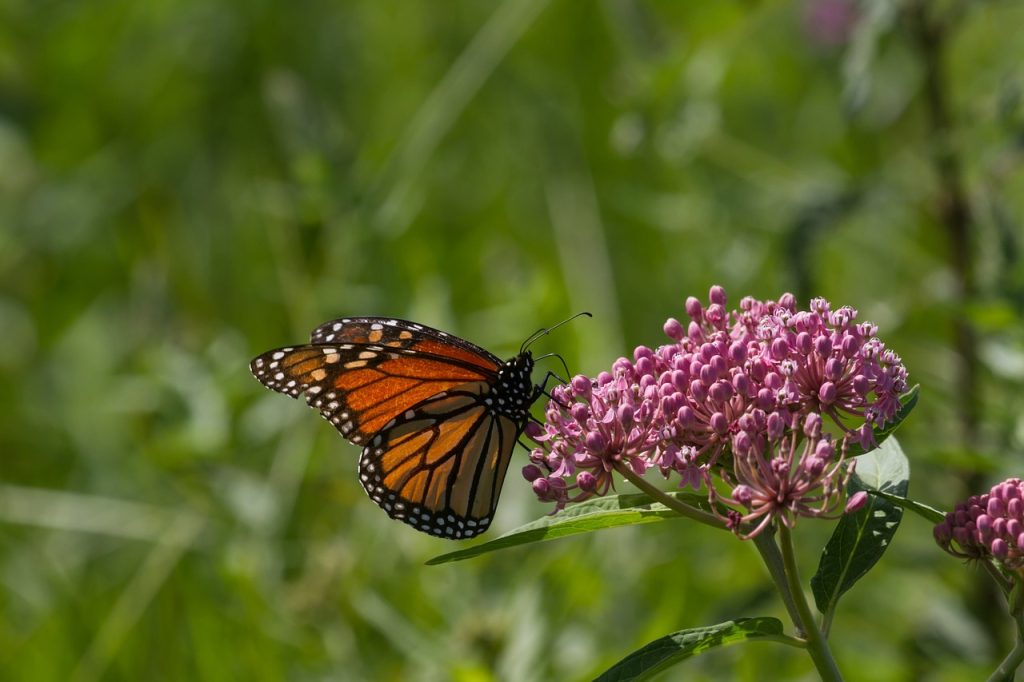
Are you aware of biodiversity’s extraordinary power to affect climate crisis? Do you know that biodiversity is essential for mitigating climate crisis? But we are losing biodiversity at a rapid rate. When I learned that fact, it changed my gardening life. I realized I could make an impact in my little corner of the world.
Because climate crisis is a threat to all life on Earth, I chose to help increase biodiversity by converting my garden from alien/ornamental plants to native plants. I frequented Redbud Native Plant Nursery for four years until my one-acre property was converted to natives.
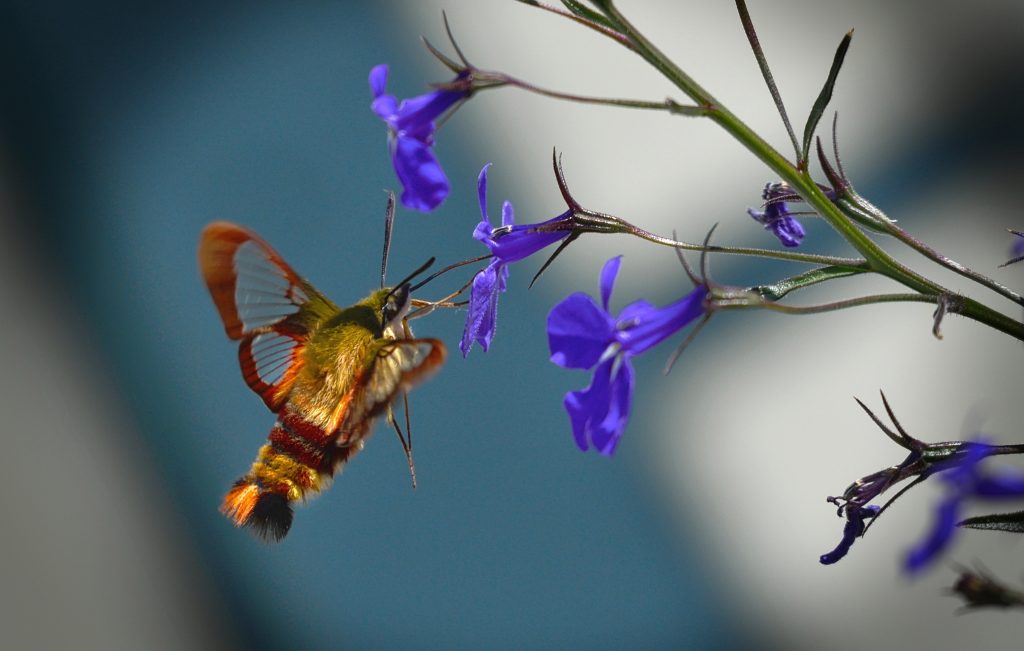
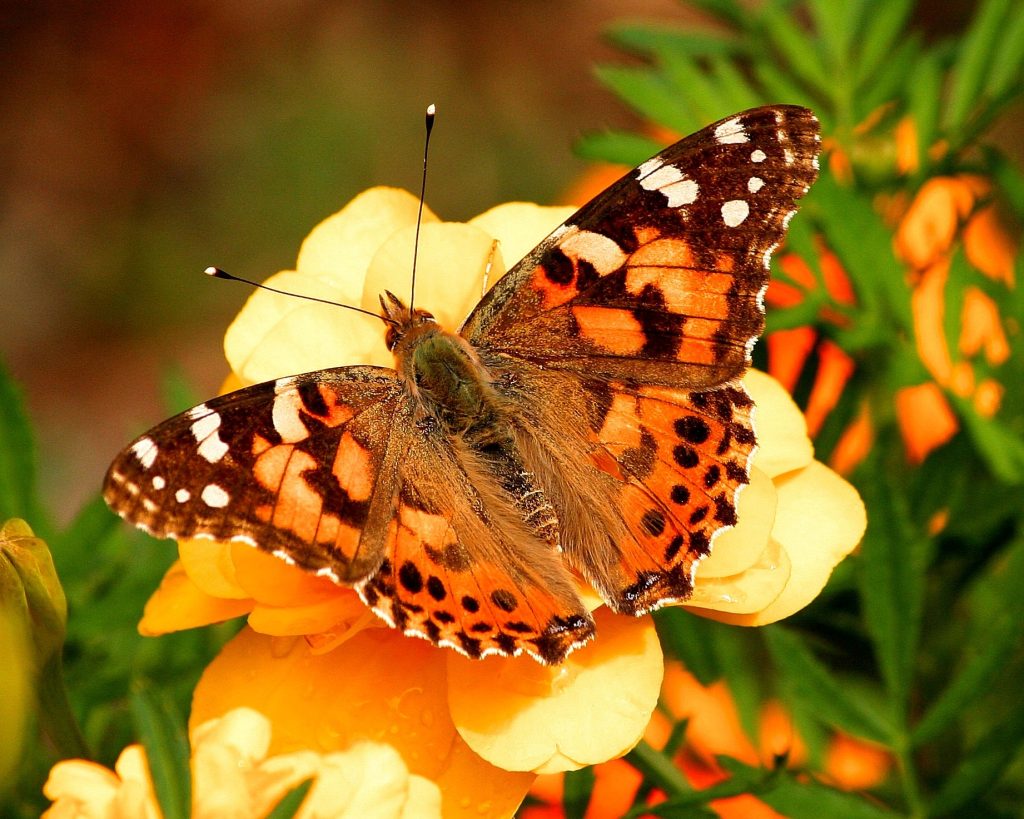
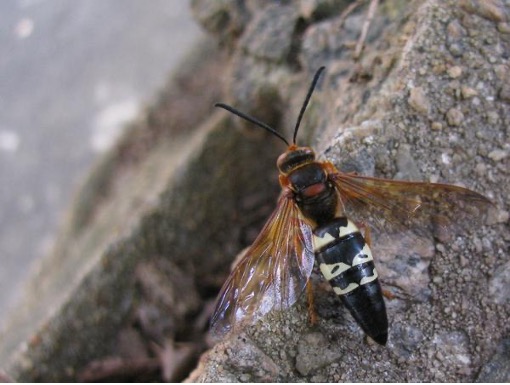
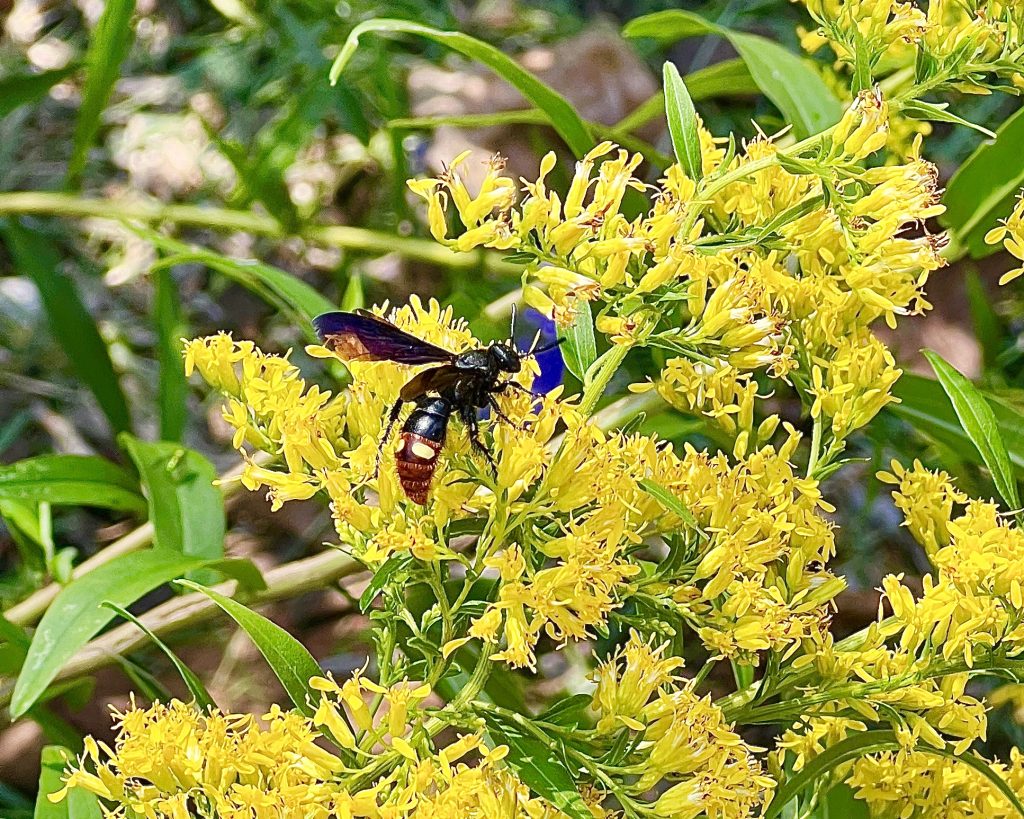
My reward was seeing beautiful insects I’d never seen before–like Painted Lady butterflies, Tussock moth caterpillars, hummingbird moths, teeny tiny green metallic sweat bees, great black wasps, cicada killer wasps, red milkweed beetles, and great golden digger wasp. And the rewards continued throughout the seasons as my beautiful plants bloomed in spring, summer, and fall
I loved watching hummingbirds sip nectar from bee balm, cardinal flower, and coral honeysuckle. Another joy was observing goldfinches eating coneflower seeds and hyssop seeds in the fall and winter.
How biodiversity mitigates climate crisis
How does biodiversity mitigate climate crisis? I’m glad you asked. The United Nations explains it better than I can:
- When human activities produce greenhouse gases, around half of the emissions remain in the atmosphere, while the other half is absorbed by the land and ocean. These ecosystems—and the biodiversity they contain—are natural carbon sinks, providing so-called nature-based solutions to climate change.
- Protecting, managing, and restoring forests, for example, offers roughly two-thirds of the total mitigation potential of all nature-based solutions. Despite massive and ongoing losses, forests still cover more than 30 percent of the planet’s land.
- Peatlands—wetlands such as marshes and swamps—cover only 3 percent of the world’s land, but they store twice as much carbon as all the forests. Preserving and restoring peatlands means keeping them wet so the carbon doesn’t oxidize and float off into the atmosphere.
- Ocean habitats such as seagrasses and mangroves can also sequester carbon dioxide from the atmosphere at rates up to four times higher than terrestrial forests can. Their ability to capture and store carbon make mangroves highly valuable in the fight against climate change.
- Conserving and restoring natural spaces, both on land and in the water, is essential for limiting carbon emissions and adapting to an already changing climate.
- About one-third of the greenhouse gas emissions reductions needed in the next decade could be achieved by improving nature’s ability to absorb emissions.

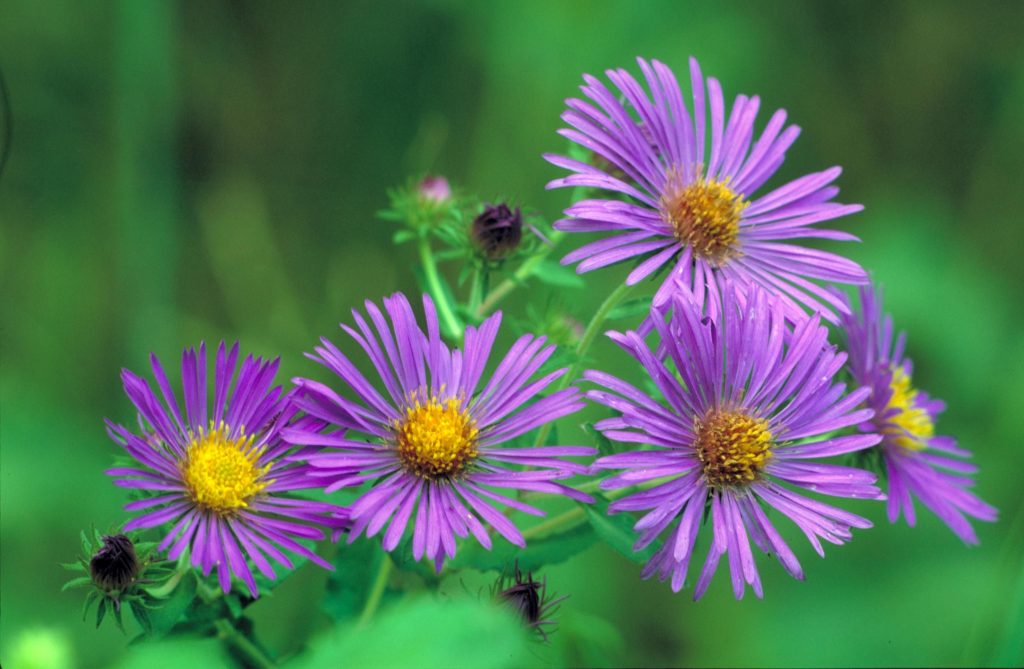
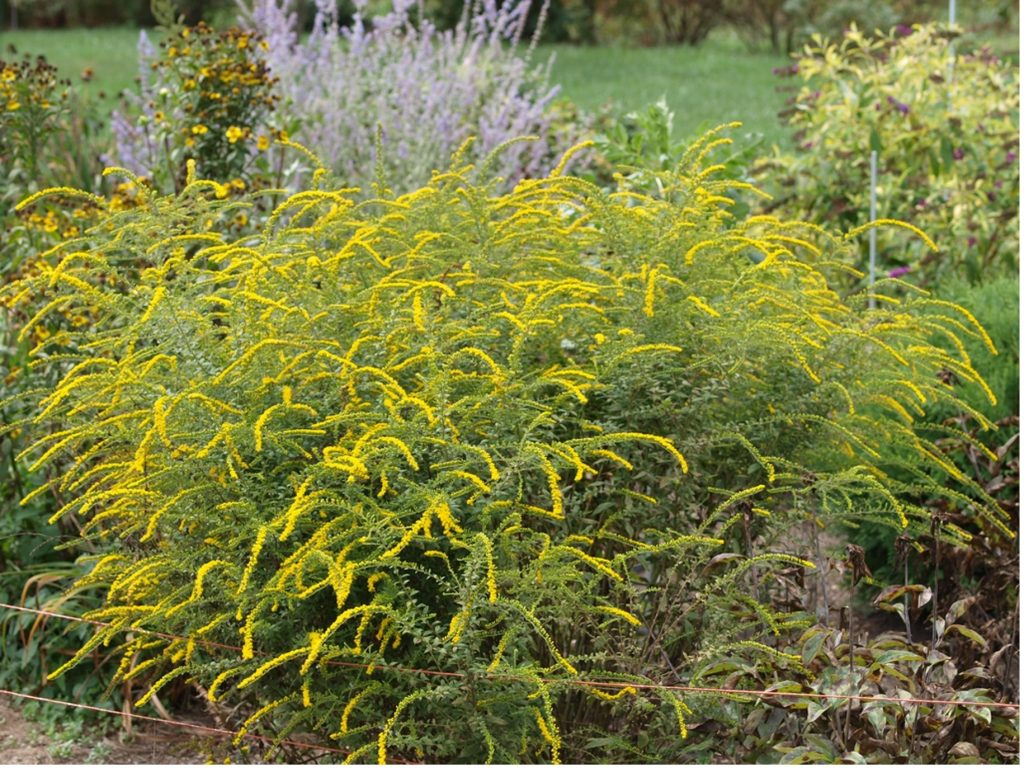
However, what the UN didn’t mention is how important our own properties are to contributing to a healthy life-sustaining biodiversity. Dr. Doug Tallamy is all over that with his Homegrown National Park initiative. (You can find my property on the HNP map).
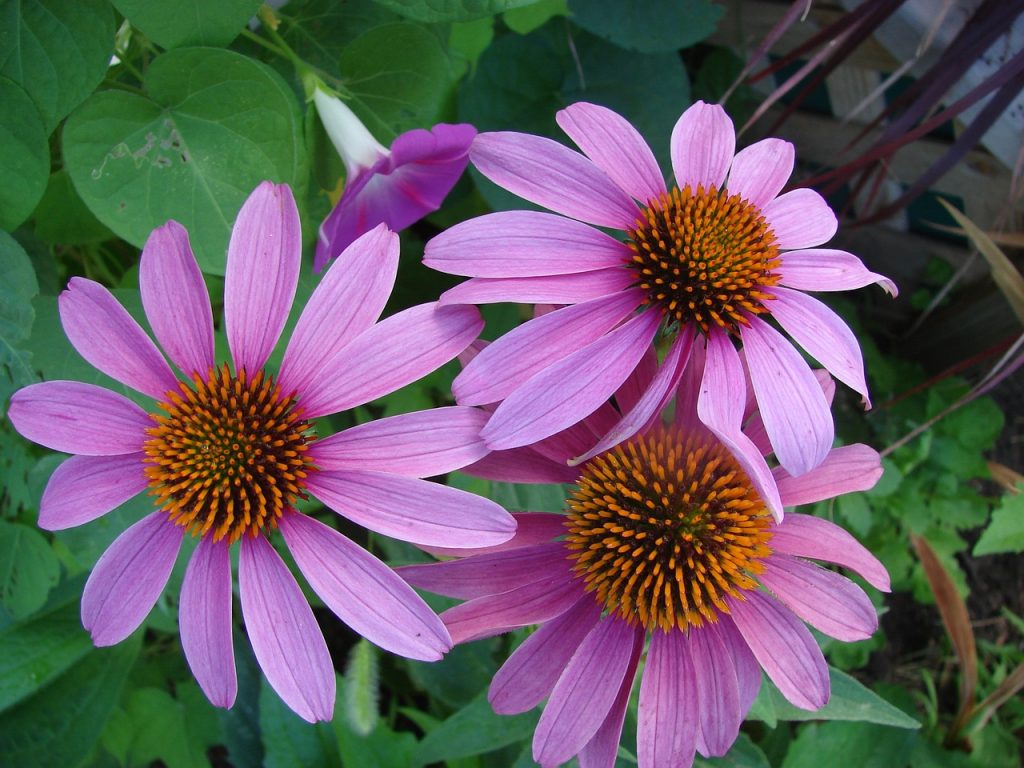
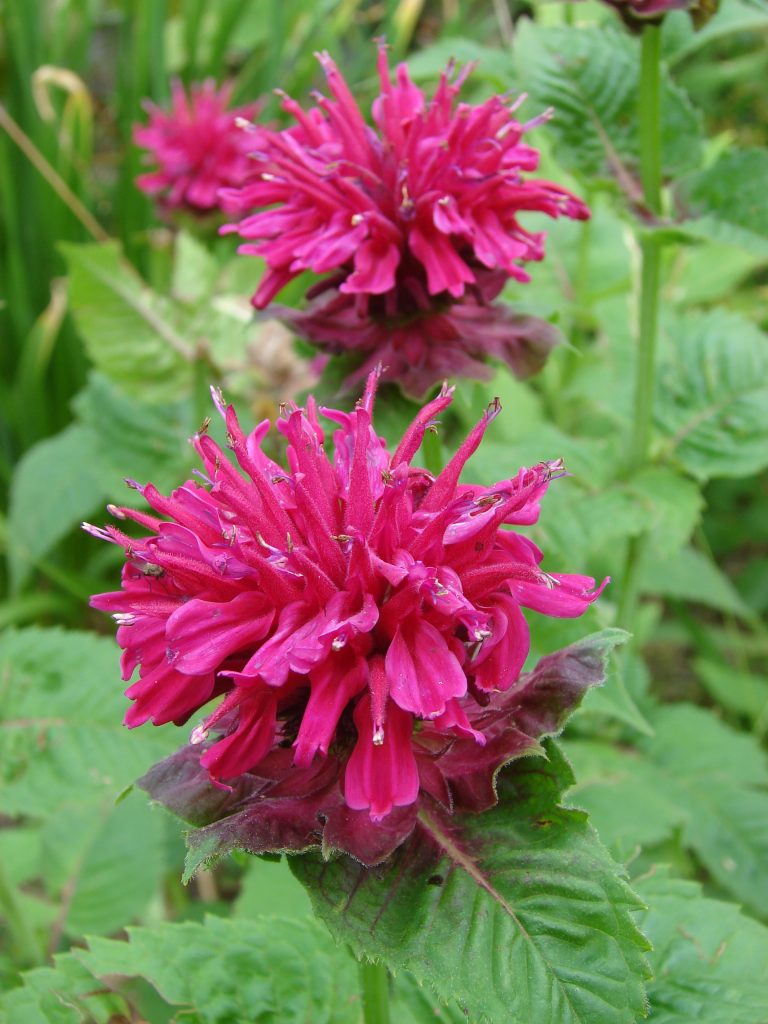
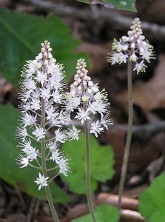
What you can do
- Learn about native plants, then plant them
- Remove invasive plants
- Watch Doug Tallamy’s video
- Tell your friends and neighbors what you are doing and why.
- Hire a landscaper specializing in natives if you don’t want to garden yourself.
We all need to plant native trees, shrubs and perennials in our gardens and public spaces. Even an apartment balcony can hold a few pots of native plants. Can we count on you to help restore biodiversity? If you need information on how to get started, visit our online library and contact us at [email protected]

I want to do a better job of disposing of paper and plastic waste. I also am trying to switch from plastic utensils and food storage to glass and other practical AND safe materials wherever I can, as I’m quite concerned about microplastic dispersal. I have native plants but I feel our local recycling is limited and that recycling plastics is a farce. Why continue using plastics? We need to get rid of them.
Thank you for your comment, Ellen. I agree with you about recycling and getting rid of plastics.
Thanks Marion!